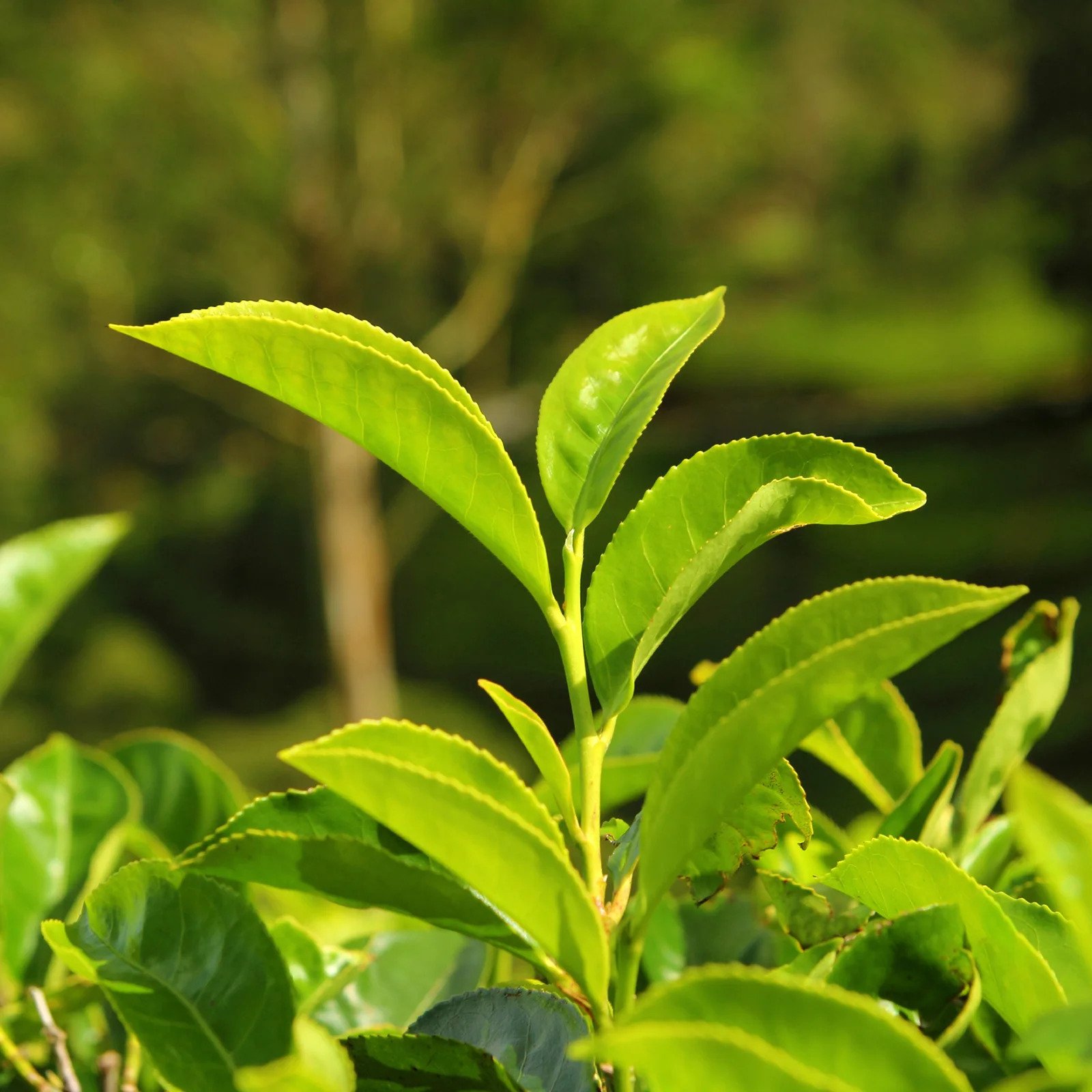

Articles
How To Store Tea Leaves
Modified: January 8, 2024
Discover effective methods for storing tea leaves in this informative articles. Keep your tea fresh and flavorful with these expert tips.
(Many of the links in this article redirect to a specific reviewed product. Your purchase of these products through affiliate links helps to generate commission for Storables.com, at no extra cost. Learn more)
Introduction
When it comes to enjoying a fragrant and flavorful cup of tea, nothing beats the experience of using fresh tea leaves. Whether you are a tea connoisseur or a casual tea drinker, proper storage of tea leaves is crucial to preserving their quality and taste. When tea leaves are exposed to unfavorable conditions, such as air, light, moisture, or extreme temperatures, they can quickly lose their aroma and flavor, resulting in a subpar tea-drinking experience.
In this article, we will explore the importance of storing tea leaves correctly and provide you with practical tips and guidelines to ensure the longevity and quality of your tea stash. We will cover everything from choosing the right container to controlling temperature and humidity, as well as common mistakes to avoid.
By following these guidelines, you can ensure that your tea leaves remain fresh, aromatic, and full of flavor, allowing you to savor the full experience of each cup.
Key Takeaways:
- Preserve the Flavor: Store tea leaves in non-reactive, airtight containers away from light and moisture. Control temperature and humidity to extend the shelf life and savor the full aroma and taste of each brew.
- Avoid Common Mistakes: Shield tea leaves from direct sunlight, strong odors, and air exposure. Follow storage guidelines for different tea types to ensure optimal freshness and flavor.
Read more: How To Store Tea Leaves For Reuse
Choosing the Right Container
When it comes to storing tea leaves, the container you choose plays a crucial role in maintaining their freshness and flavor. It is essential to select a container that is specifically designed for storing tea leaves, rather than reusing random containers you have on hand. Here are some factors to consider when choosing the right container:
- Material: Opt for containers made of non-reactive materials such as glass, ceramic, or stainless steel. These materials will not absorb odors or flavors, ensuring that your tea leaves remain untainted.
- Size: Choose a container that can hold an adequate amount of tea leaves. It is best to avoid containers that are too large, as the excess air can cause the leaves to degrade faster.
- Shape: Look for containers with airtight lids and a shape that minimizes the amount of air space inside. This will help to prevent oxygen from seeping in and causing oxidation, which can lead to flavor loss.
- Opaque or Light-Blocking: Opt for containers that are opaque or have light-blocking properties. Exposure to light can accelerate the degradation of tea leaves, so it is best to keep them in a dark environment.
- Sealability: Ensure that the container has a secure and airtight seal. This will help to keep out moisture, air, and other contaminants that can compromise the quality of the tea leaves.
When storing multiple types of tea leaves, it is advisable to use separate containers. This will prevent cross-contamination of flavors and aromas. Label each container for easy identification, and if possible, choose containers with airtight individual compartments to maintain the distinct qualities of each tea variety.
Remember, investing in a proper container will go a long way in preserving the freshness and quality of your tea leaves, ultimately enhancing your tea-drinking experience.
Ideal Storage Conditions
Alongside choosing the right container, creating and maintaining the ideal storage conditions is essential for preserving the flavor, aroma, and overall quality of tea leaves. Here are some key factors to consider:
- Temperature: Tea leaves are sensitive to temperature fluctuations. It is best to store them in a cool and dry place, away from direct heat sources. The ideal temperature range for tea storage is between 35°F to 60°F (2°C to 15°C).
- Humidity: Excessive moisture can lead to tea leaves becoming damp, resulting in mold growth and a loss of flavor. Aim for a relative humidity level of around 50-60%. If you live in a humid climate, consider using a dehumidifier or moisture-absorbing packets in the storage area.
- Odor Control: Tea leaves are highly absorbent and can easily take on surrounding odors. Keep them away from strong-smelling substances or spices to prevent flavor contamination. If storing different types of tea in close proximity, ensure the containers are tightly sealed to prevent odor transfer.
- Darkness: Exposure to light, especially sunlight, can cause the degradation of tea leaves due to oxidation. Store your tea in a dark place, such as a pantry or cupboard, to keep it away from direct sunlight.
- Avoid Air Exposure: Oxygen can quickly degrade the quality of tea leaves. Make sure the container used for storage is airtight to minimize air exposure. Vacuum-sealed bags or containers with a one-way valve that allows gas to escape while preventing air from entering can be particularly effective.
By maintaining these optimal storage conditions, you can significantly extend the shelf life of your tea leaves and retain their flavor and aroma for a longer period.
Avoiding Direct Sunlight
Direct sunlight is one of the greatest enemies when it comes to storing tea leaves. Exposure to sunlight can accelerate the degradation process, causing the tea to lose its flavor, aroma, and color. Here’s why you should shield your tea leaves from direct sunlight:
- Oxidation: Sunlight contains ultraviolet (UV) rays that can trigger oxidation in tea leaves. This process breaks down the chemical compounds responsible for the flavor, aroma, and color, resulting in a dull and stale tasting tea.
- Heat: Sunlight also generates heat, which can cause the temperature inside the storage container to rise. Elevated temperatures speed up chemical reactions and accelerate the deterioration of tea leaves. This can lead to a loss of delicate flavors and make the tea taste bitter or flat.
- Moisture: Sunlight exposure can increase the temperature inside the container, creating a conducive environment for moisture to accumulate. Moisture is an enemy of tea leaves as it can lead to mold growth and spoilage.
To protect your tea from direct sunlight, follow these guidelines:
- Choose a Dark Storage Location: Store your tea leaves in a dark area, such as a cupboard or pantry, away from windows or any other light source.
- Use Opaque Containers: Opt for containers that are opaque or have light-blocking properties. This will prevent any sunlight from penetrating the container and reaching the tea leaves.
- Consider Glass Containers: If you prefer to see the tea leaves, use tinted glass containers that provide some UV protection.
- Keep Tea Away from Windows: Even if the tea is inside an opaque container, avoid placing it near windows where it may be exposed to indirect sunlight or heat.
By taking these precautions, you can shield your tea leaves from the damaging effects of direct sunlight and ensure they remain fresh and flavorful for an extended period.
Temperature and Humidity Control
Controlling the temperature and humidity of your tea storage area is vital in maintaining the quality and flavor of your tea leaves. Both factors can greatly impact the longevity and freshness of tea. Here’s why temperature and humidity control is important:
- Temperature: Tea leaves are susceptible to temperature fluctuations. High temperatures can cause oxidation and degradation of the tea’s flavor compounds. On the other hand, extremely low temperatures can lead to moisture condensation and spoilage. It is best to store tea in a cool place with a stable temperature range of 35°F to 60°F (2°C to 15°C).
- Humidity: Maintaining an optimal humidity level is crucial. Too much moisture can lead to mold growth, spoilage, and loss of flavor. On the contrary, excessively dry environments can cause tea leaves to become brittle and lose their flavor. Aim for a moderate relative humidity level of around 50-60%.
Here are some tips for controlling temperature and humidity:
- Choose the Right Storage Location: Find a spot in your home that has a stable temperature and humidity level. Avoid areas that are prone to temperature fluctuations, such as near the stove or refrigerator.
- Avoid Moisture-Prone Areas: Keep your tea away from areas such as the kitchen sink or dishwasher, where moisture levels are higher and can seep into containers.
- Use a Hygrometer: A hygrometer is a device that measures humidity levels. Consider investing in a small hygrometer to monitor the humidity in your tea storage area. This will help you ensure that the conditions remain within the ideal range.
- Desiccants or Moisture-Absorbing Packets: In humid climates or during the rainy season, it may be necessary to use desiccants or moisture-absorbing packets to reduce excess moisture in the storage area. These can help maintain an optimal humidity level.
By controlling temperature and humidity, you can prolong the shelf life of your tea leaves and ensure that they retain their optimal flavor and aroma.
Read more: How To Store Used Tea Leaves
Importance of Air-Tightness
Preserving the freshness and flavor of your tea leaves heavily relies on maintaining an air-tight environment. Oxygen is one of the main factors that can lead to the degradation of tea leaves over time, resulting in a loss of aroma and taste. Here’s why air-tightness is crucial for tea storage:
- Oxidation Prevention: When tea leaves are exposed to air, they undergo oxidation, a natural process that breaks down the chemical components responsible for their flavor and aroma. This can result in a stale and lackluster cup of tea. By keeping tea leaves in an air-tight container, you minimize oxygen exposure, effectively slowing down the oxidation process.
- Moisture Control: Air carries moisture, and prolonged exposure to it can lead to tea leaves becoming damp. Moisture can cause tea leaves to degrade quickly, resulting in mold growth and loss of flavor. An air-tight container helps to keep tea leaves dry and prevents moisture from infiltrating the storage environment.
- Flavor Preservation: The volatile compounds responsible for the distinct flavors and aromas of tea are sensitive to air exposure. When tea leaves are left in contact with air, these compounds evaporate, leading to a loss of flavor. By sealing tea in an air-tight container, you can retain the exquisite flavors and aromas of your tea for a longer period.
Here are some guidelines to ensure air-tightness:
- Choose Containers with Sealable Lids: Look for containers with lids that securely seal to prevent any air from entering. Containers with rubber gaskets or silicone seals offer excellent air-tightness.
- Vacuum-Sealed Bags or Canisters: Consider using vacuum-sealed bags or canisters specifically designed for tea storage. These remove any excess air and create a tightly sealed environment, protecting tea leaves from oxidation.
- Check for Cracks or Damages: Regularly inspect your tea storage containers for any cracks, damages, or loose seals. Replace any containers that no longer provide an air-tight environment.
Remember, maintaining air-tightness is essential to preserve the quality and freshness of your tea leaves, ensuring a delightful tea-drinking experience every time.
Store tea leaves in an airtight container away from light, heat, and moisture to maintain their freshness and flavor. Avoid storing near strong odors to prevent absorption.
Handling and Usage Guidelines
Proper handling and usage of tea leaves are crucial to maintain their quality and flavor. Following these guidelines will ensure that you get the best out of your tea leaves:
- Wash Hands: Before handling tea leaves, make sure to wash your hands thoroughly to eliminate any strong odors or contaminants that could transfer to the leaves.
- Use Clean Utensils: When measuring tea leaves or preparing tea, use clean utensils to avoid introducing any foreign flavors or substances that might alter the taste of the tea.
- Measure Accurately: Use the recommended amount of tea leaves for each cup to achieve the desired strength and flavor. Overusing or underusing the leaves can affect the taste of the brewed tea.
- Reseal Containers Properly: After each use, ensure that the tea storage container is tightly resealed to maintain its freshness and prevent air exposure.
- Store Away from Strong Odors: Tea leaves are highly absorbent and can easily pick up odors from their surroundings. Store them away from spices, strong-smelling foods, or household chemicals to maintain the true flavor of the tea.
- Follow Brewing Instructions: Each type of tea may have specific brewing instructions, including water temperature, steeping time, and the number of infusions. Follow these instructions carefully to enhance the flavor and enjoyment of your tea.
- Store Herbal and Fruit Infusions Separately: If you have herbal or fruit infusions that contain no actual tea leaves, it is best to store them separately from true tea leaves. This prevents cross-contamination of flavors and keeps the characteristics of each tea intact.
- Rotate Stock: To ensure that you always enjoy the freshest tea, rotate your tea stock by using older leaves before newer ones. This helps maintain the overall quality of your tea collection.
- Savor the Moment: Lastly, take the time to truly enjoy your tea-drinking experience. Appreciate the flavors, aromas, and relaxation that a well-brewed cup of tea has to offer.
By following these handling and usage guidelines, you can maximize the freshness and enjoyment of your tea leaves, allowing you to experience the full depth of flavors and aromas with every cup.
Types of Tea and Their Storage Requirements
Different types of tea have varying storage requirements due to their distinct characteristics and processing methods. It’s essential to understand the specific needs of each type of tea to ensure optimal storage conditions. Here are the common types of tea and their storage requirements:
- Green Tea: Green tea leaves are minimally processed and delicately flavored. To maintain their freshness and vibrant flavor, store green tea in an airtight container in a cool, dark place. Use within six to twelve months for the best taste.
- Black Tea: Black tea undergoes complete oxidation, resulting in a robust flavor profile. Store black tea leaves in an airtight container in a cool, dark place. It is generally safe to consume black tea within two to three years, but the flavor may begin to diminish after the first year.
- Oolong Tea: Oolong tea is partially oxidized, resulting in a complex and nuanced flavor profile. Store oolong tea in an airtight container in a cool, dark place. It stays fresh for up to two years but is best consumed within six to twelve months for optimal flavor.
- White Tea: White tea is minimally processed and known for its delicate and subtle flavors. Store white tea leaves in an airtight container in a cool, dark place. It can be consumed within one to two years but is best enjoyed within the first year to savor its delicate flavors.
- Pu-erh Tea: Pu-erh tea undergoes a fermentation process that allows it to gain complexity and develop unique flavors over time. It is traditionally aged before consumption. Store pu-erh tea in a breathable container, such as a ceramic jar, in a cool, dark, and dry place. Properly stored, pu-erh tea can continue to mature and develop for many years.
- Herbal and Fruit Infusions: Herbal and fruit infusions are not technically tea, but rather blends of herbs, flowers, and fruits. Store them in airtight containers in a cool, dry, and dark place. The flavor and potency of herbal infusions may start to diminish after a year, so it’s best to consume them within that time frame.
Always refer to the specific recommendations for each type of tea, as different varieties and brands may have slightly different storage requirements. By properly storing each type of tea, you can ensure that they retain their optimal flavors and aromas for a delightful tea-drinking experience.
Common Mistakes to Avoid
When it comes to storing tea leaves, there are common mistakes that many people make, which can compromise the quality and freshness of the tea. Here are some common mistakes to avoid:
- Exposure to Air: Allowing tea leaves to be exposed to air for prolonged periods accelerates oxidation and can lead to a loss of flavor. Always store tea in airtight containers to minimize air exposure.
- Storing Tea in Transparent Containers: Transparent containers may look aesthetically pleasing, but they allow sunlight to reach the tea leaves, leading to degradation. Opt for opaque or light-blocking containers to protect the tea from light exposure.
- Placing Tea Near Strong-Smelling Substances: Tea leaves are highly absorbent and can pick up odors from their surroundings. Avoid storing tea near strong-smelling substances like spices, herbs, or cleaning agents to prevent flavor contamination.
- Storing Different Tea Types Together: Different types of tea have distinct flavors and aromas. Storing them together can lead to flavor transfer and compromise the integrity of each tea. Use separate containers for different tea varieties.
- Storing Tea in the Refrigerator: Despite the desire to keep tea cool, storing it in the refrigerator can introduce moisture which can damage the delicate flavor of the leaves. Instead, choose a cool, dark place in your pantry or cupboard for tea storage.
- Using Improper Containers: Reusing containers that are not suitable for tea storage, such as those that retain odors or are not airtight, can impact the flavor and freshness of the tea. Invest in proper tea storage containers designed specifically for tea leaves.
- Not Rotating Tea Stock: Failing to rotate tea stock can lead to older leaves sitting unused for too long, resulting in a loss of flavor and quality. Make a habit of using older tea leaves first to ensure freshness and a better tea-drinking experience.
- Ignoring Recommended Storage Recommendations: Each type of tea has different ideal storage conditions. Ignoring the recommended storage recommendations for specific types can result in subpar tea quality. Take the time to understand the storage requirements for each type of tea you have.
By avoiding these common mistakes, you can ensure that your tea leaves stay fresh, flavorful, and enjoyable, providing you with an excellent tea-drinking experience every time.
Read more: How To Store Tea
Frequently Asked Questions
Here are some frequently asked questions about storing tea leaves:
- Can I store tea leaves in the freezer?
- How long can I store tea leaves?
- Can I store tea leaves in their original packaging?
- Should I keep tea leaves in the fridge to prolong their freshness?
- Can I reuse tea bags or loose tea leaves?
- Is it safe to store tea in clear glass containers?
It is generally not recommended to store tea leaves in the freezer. The extreme cold temperature can cause moisture condensation when the tea leaves are removed from the freezer, potentially affecting their quality and flavor. Storing tea in a cool, dry place, away from heat and light, is the best approach.
The shelf life of tea leaves varies depending on the type of tea. Green and white teas are best consumed within one to two years, while black and oolong teas can last up to three years. Pu-erh teas can continue to age over many years, enhancing their flavor. However, it is important to note that the flavor and freshness may diminish over time, so it’s best to consume tea within the suggested time frame for optimal taste.
If the original packaging is airtight and provides adequate protection from light, it can be used to store tea leaves. However, if the packaging is not airtight or does not offer light protection, it is advisable to transfer the tea leaves to a proper container for storage.
Storing tea leaves in the refrigerator is not recommended as it can introduce moisture to the leaves, affecting their flavor. Instead, store tea in a cool, dark place with stable temperature and humidity conditions, such as a pantry or cupboard.
Reusing tea bags or loose tea leaves is generally not recommended. After the initial steeping, most of the flavor and aroma will have been extracted, resulting in a weaker cup of tea. It’s best to use fresh tea leaves or bags for each brewing to enjoy the optimal flavors.
While clear glass containers may showcase the beauty of the tea leaves, they do not offer protection from light. Exposure to light can degrade the tea leaves and affect their flavor. It is recommended to store tea in opaque or light-blocking containers to keep out light and preserve the quality of the tea.
Remember, the storage conditions and practices can have a significant impact on the flavor, freshness, and overall quality of your tea leaves. By following proper storage guidelines, you can ensure that your tea leaves remain at their best for a delightful tea-drinking experience.
Conclusion
Proper storage of tea leaves is essential to maintain their freshness, flavor, and quality over time. Whether you are a tea aficionado or simply enjoy a comforting cup of tea, following the guidelines outlined in this article will help ensure that you can savor the full experience of each brew. From choosing the right container to controlling temperature and humidity, and avoiding direct sunlight, every step is crucial in extending the lifespan and enhancing the taste of your tea leaves.
By carefully selecting containers made of non-reactive materials, storing tea in a cool, dark place away from direct sunlight, and maintaining the ideal temperature and humidity levels, you can preserve the delicate flavors and aromas of your tea. Additionally, paying attention to handling and usage guidelines, understanding the storage requirements for different tea types, and avoiding common mistakes can further enhance your tea-drinking experience.
Remember to store tea leaves in airtight containers, away from strong odors, and separate different types of tea to prevent flavor contamination. Rotate your tea stock to ensure freshness and follow brewing instructions for the best results. And finally, avoid common mistakes such as exposure to air, using improper containers, or ignoring recommended storage recommendations.
By taking these steps, you can enjoy cups of tea that are rich in flavor, fragrant in aroma, and offer a soothing and rejuvenating experience. So treat yourself to a moment of tranquility, steep a fresh cup of tea, and savor the delightful flavors that proper tea storage can offer.
Frequently Asked Questions about How To Store Tea Leaves
Was this page helpful?
At Storables.com, we guarantee accurate and reliable information. Our content, validated by Expert Board Contributors, is crafted following stringent Editorial Policies. We're committed to providing you with well-researched, expert-backed insights for all your informational needs.
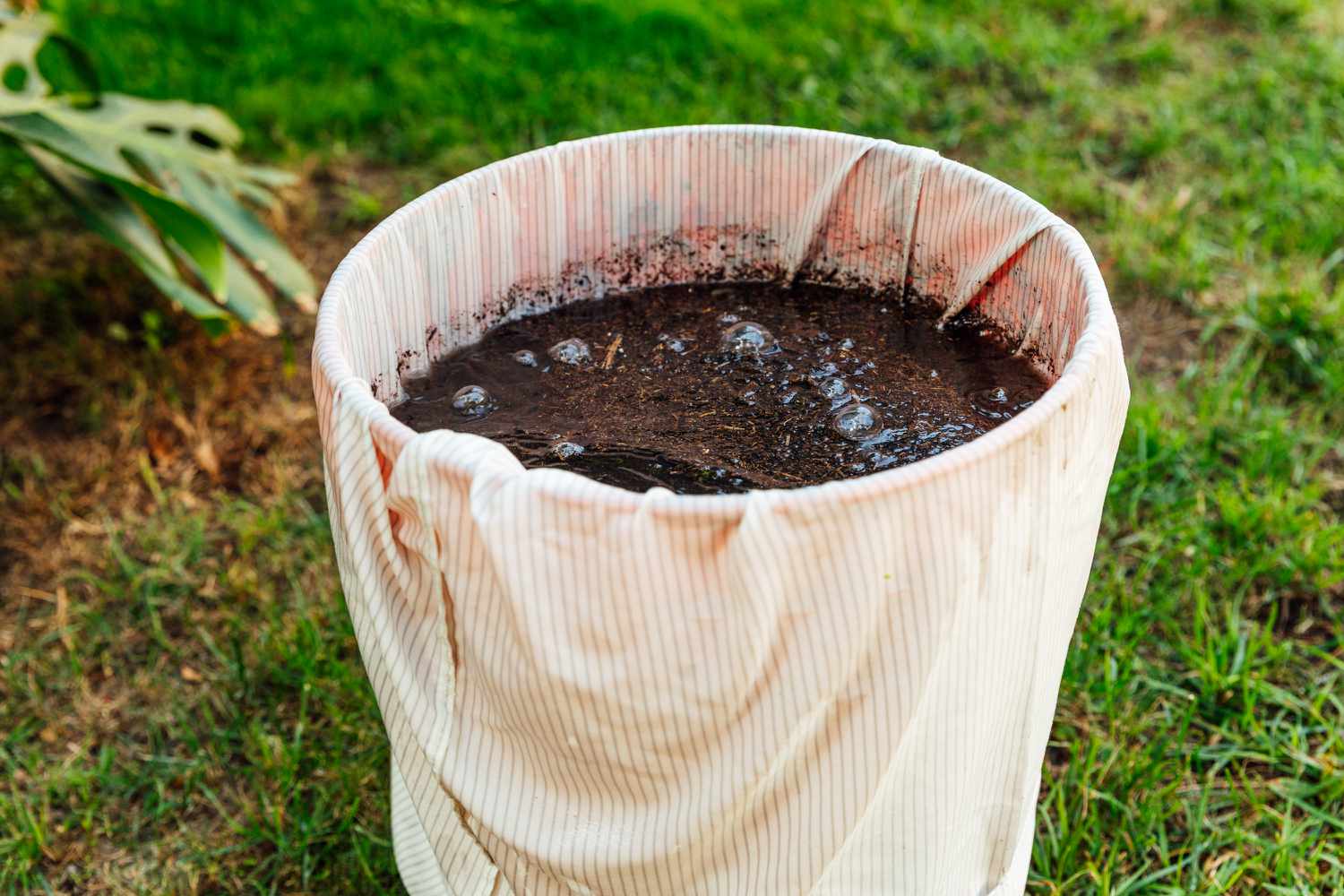
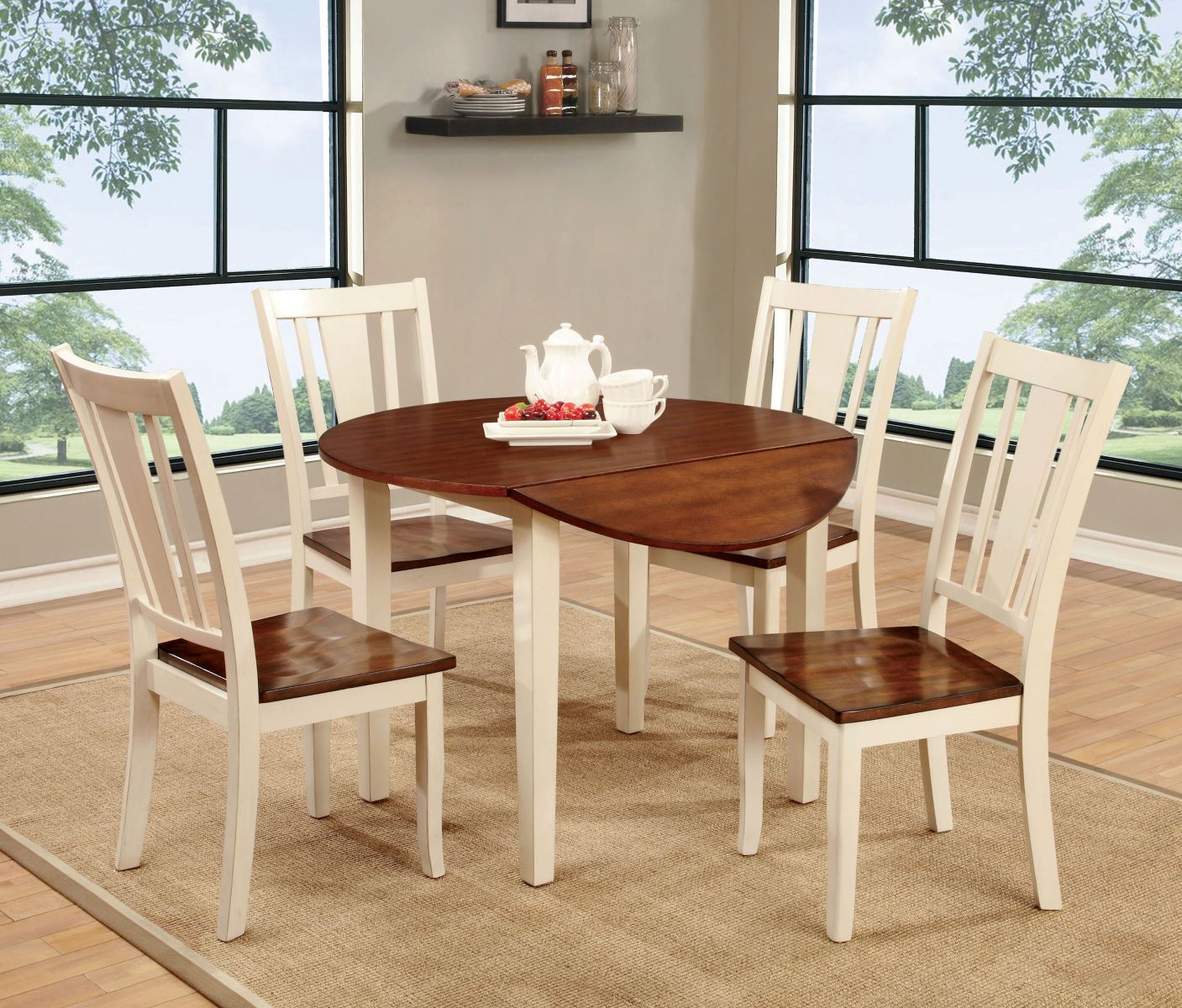
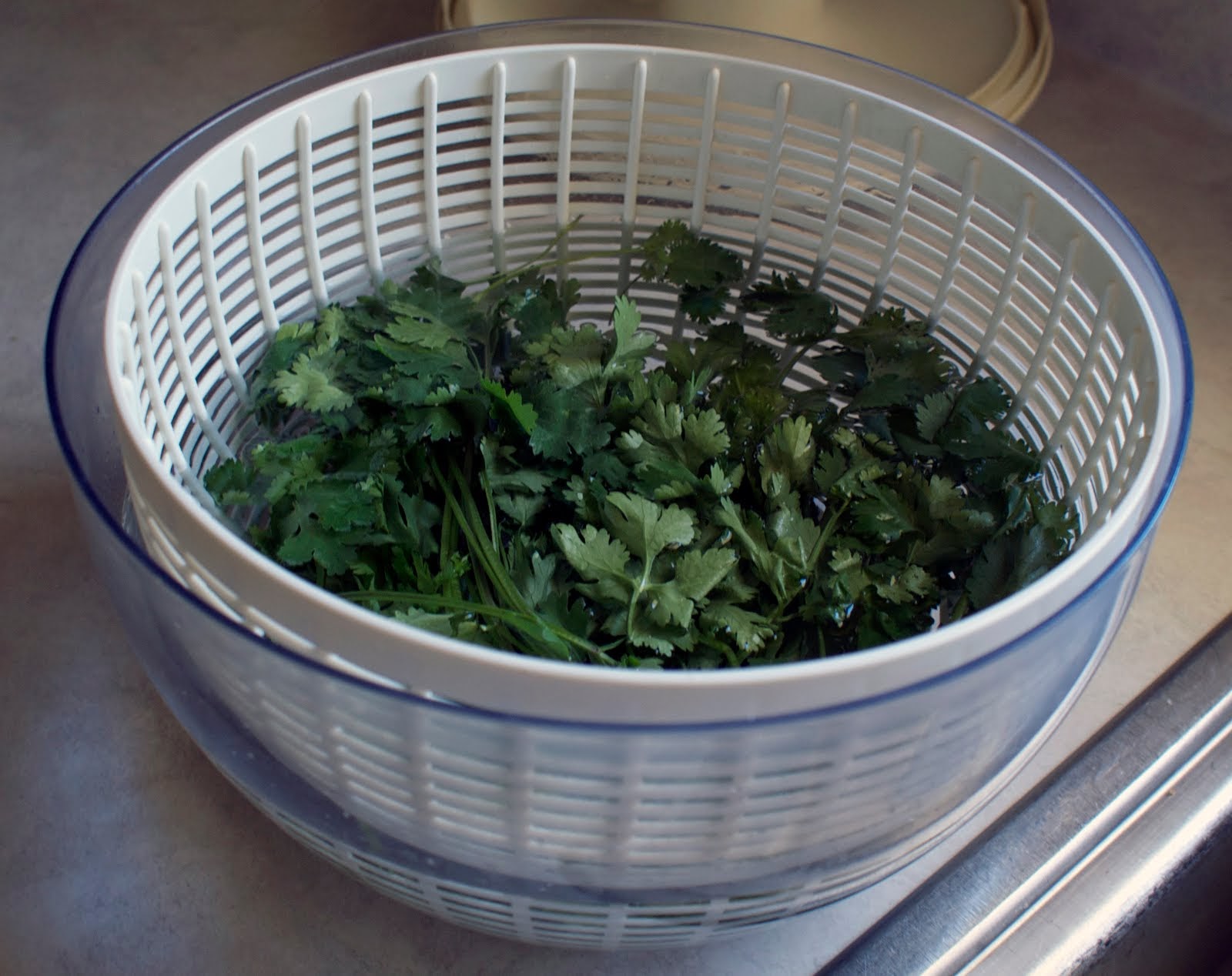
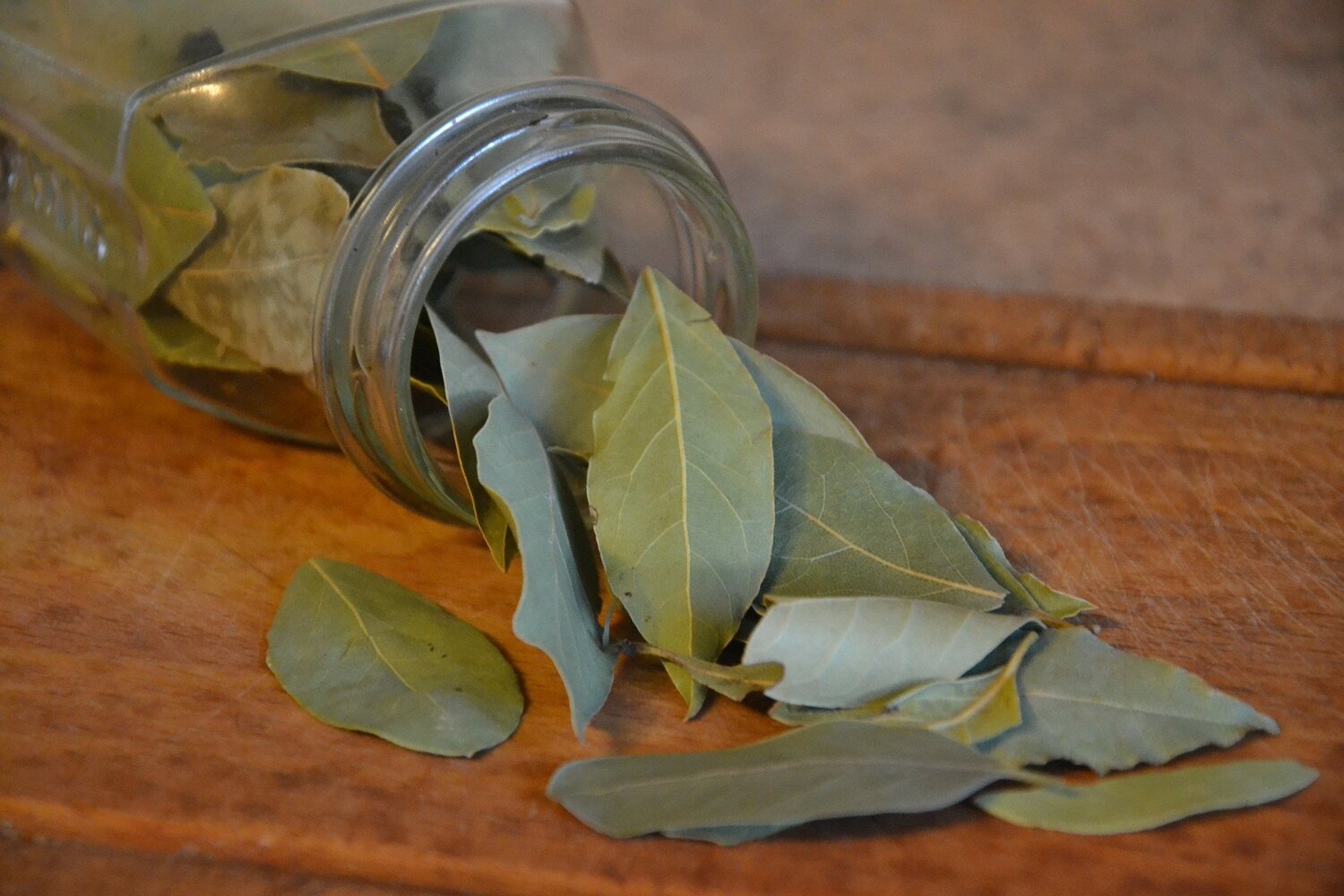
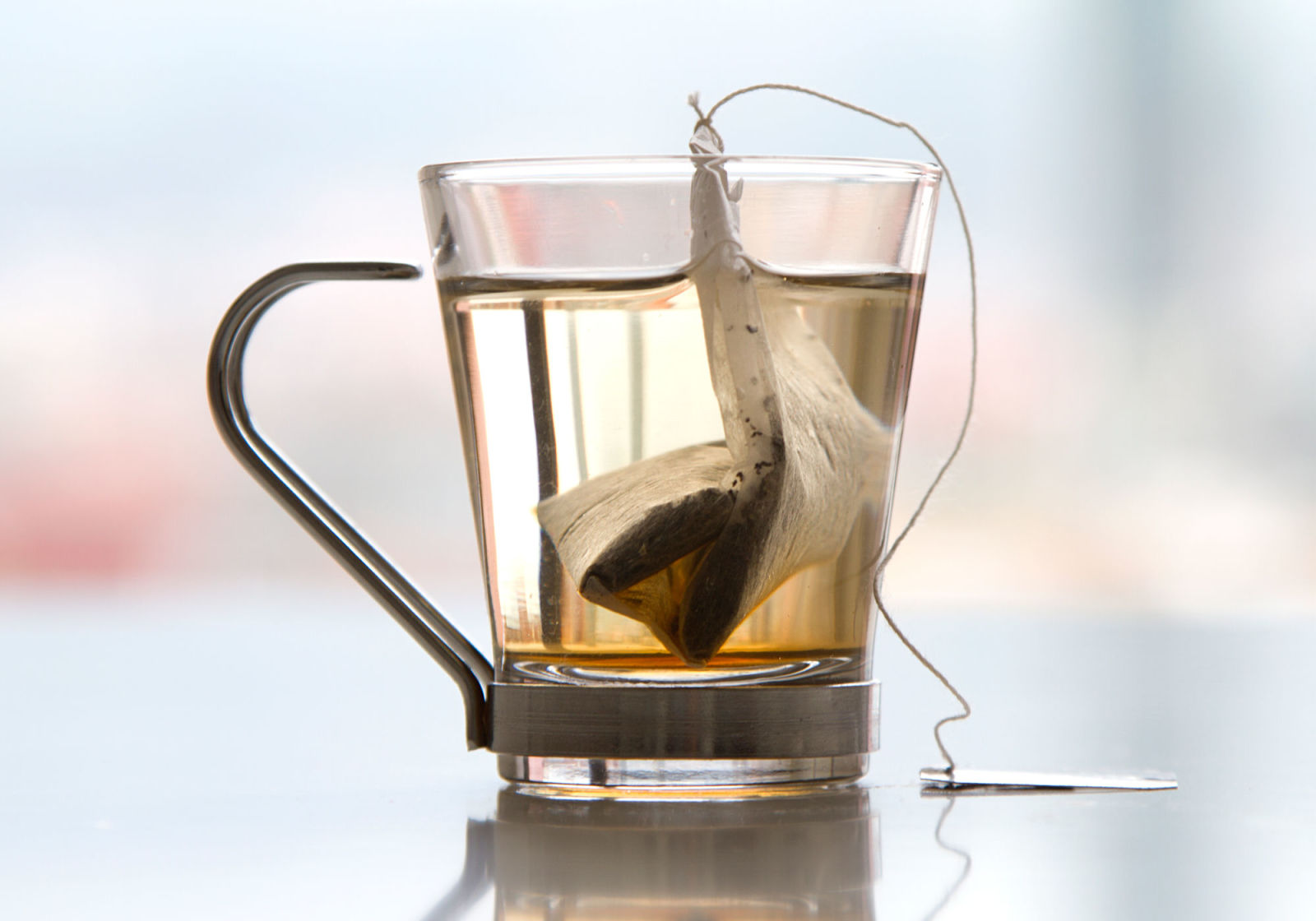
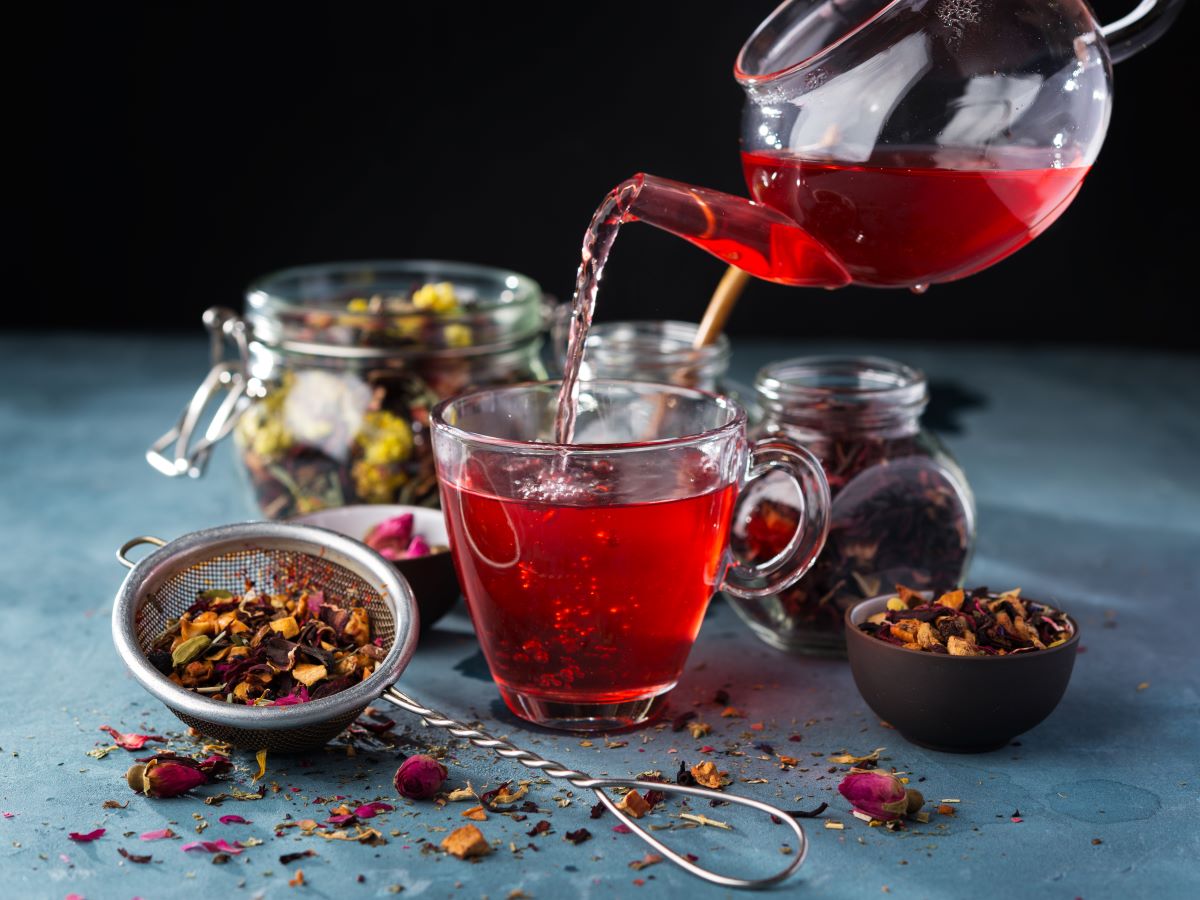
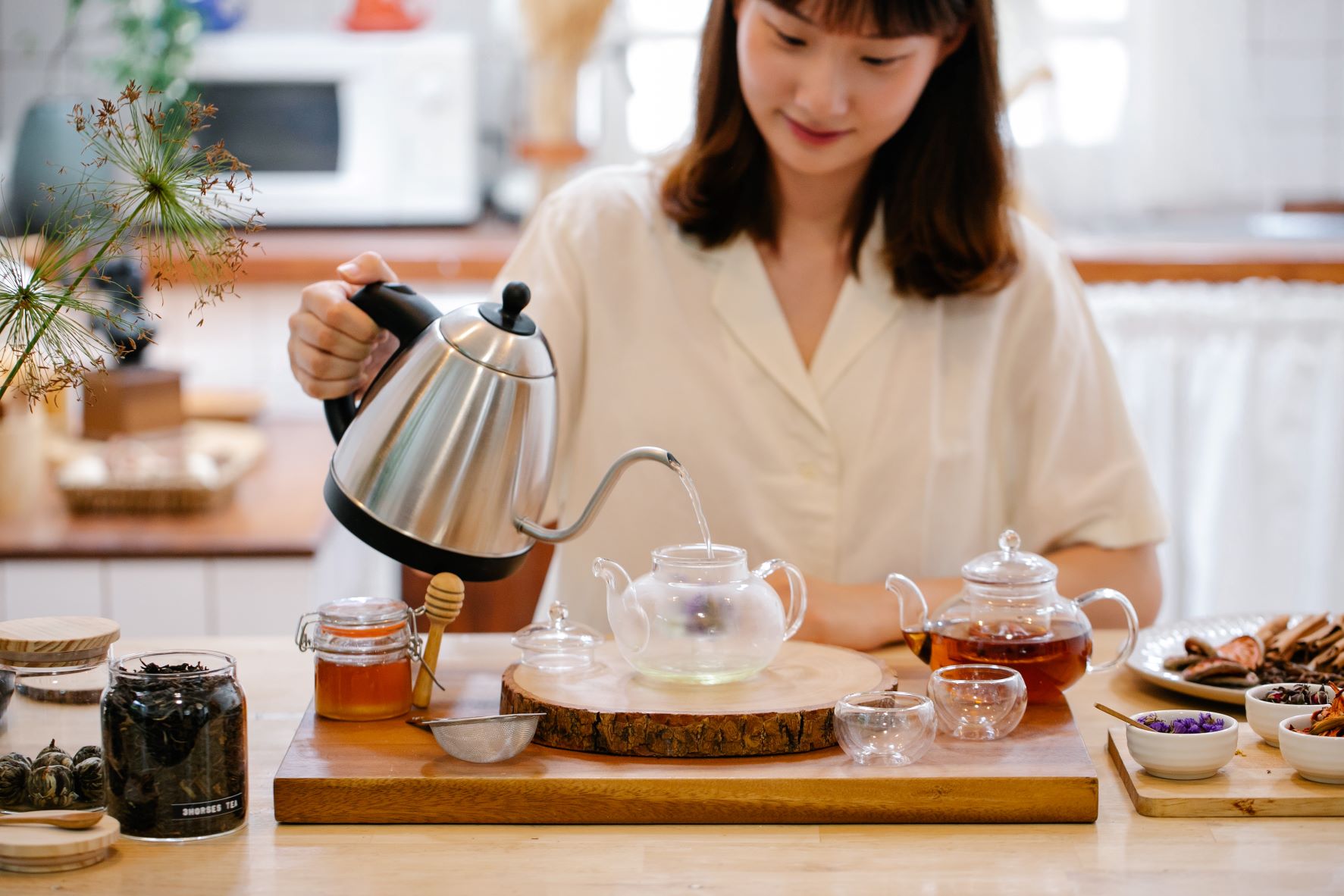
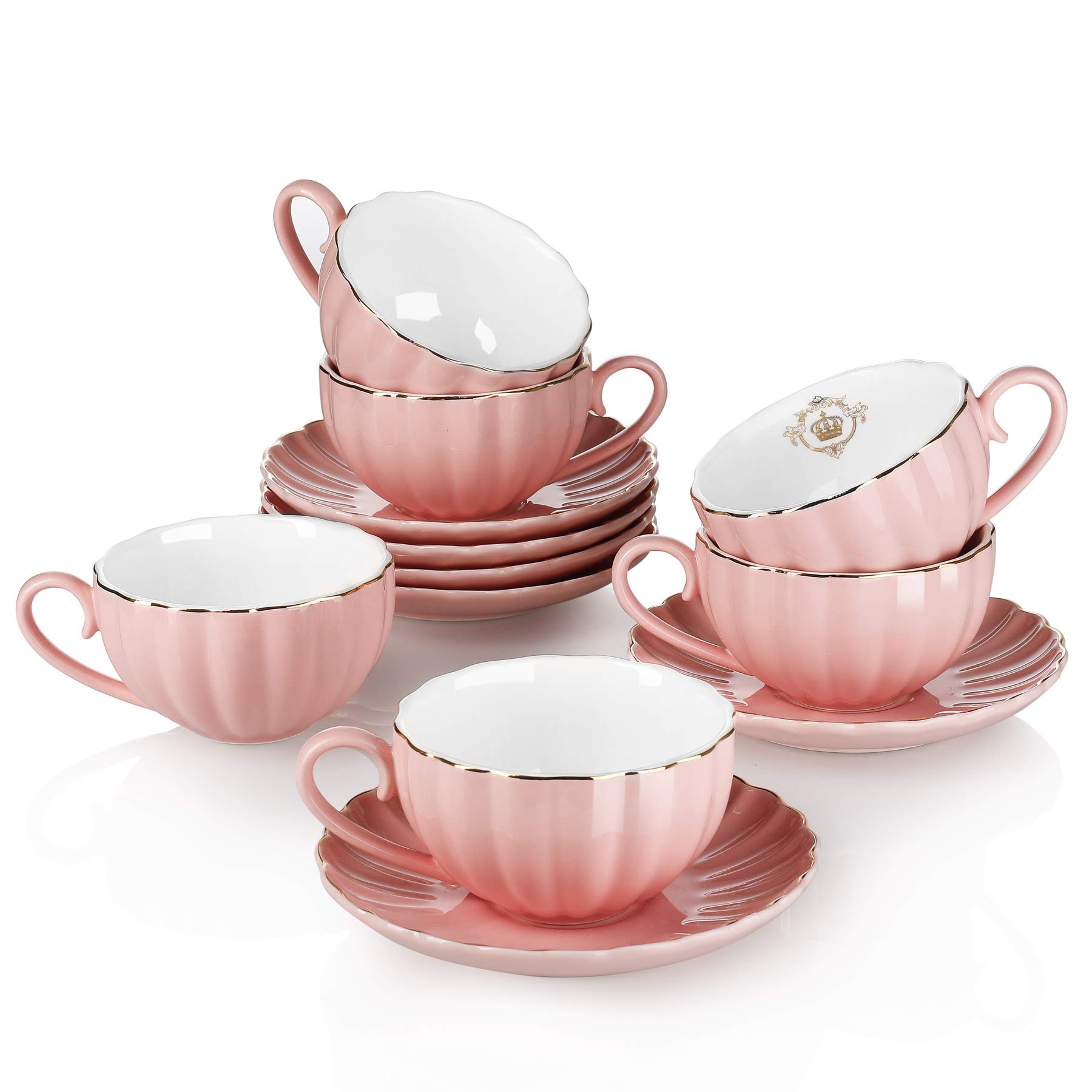
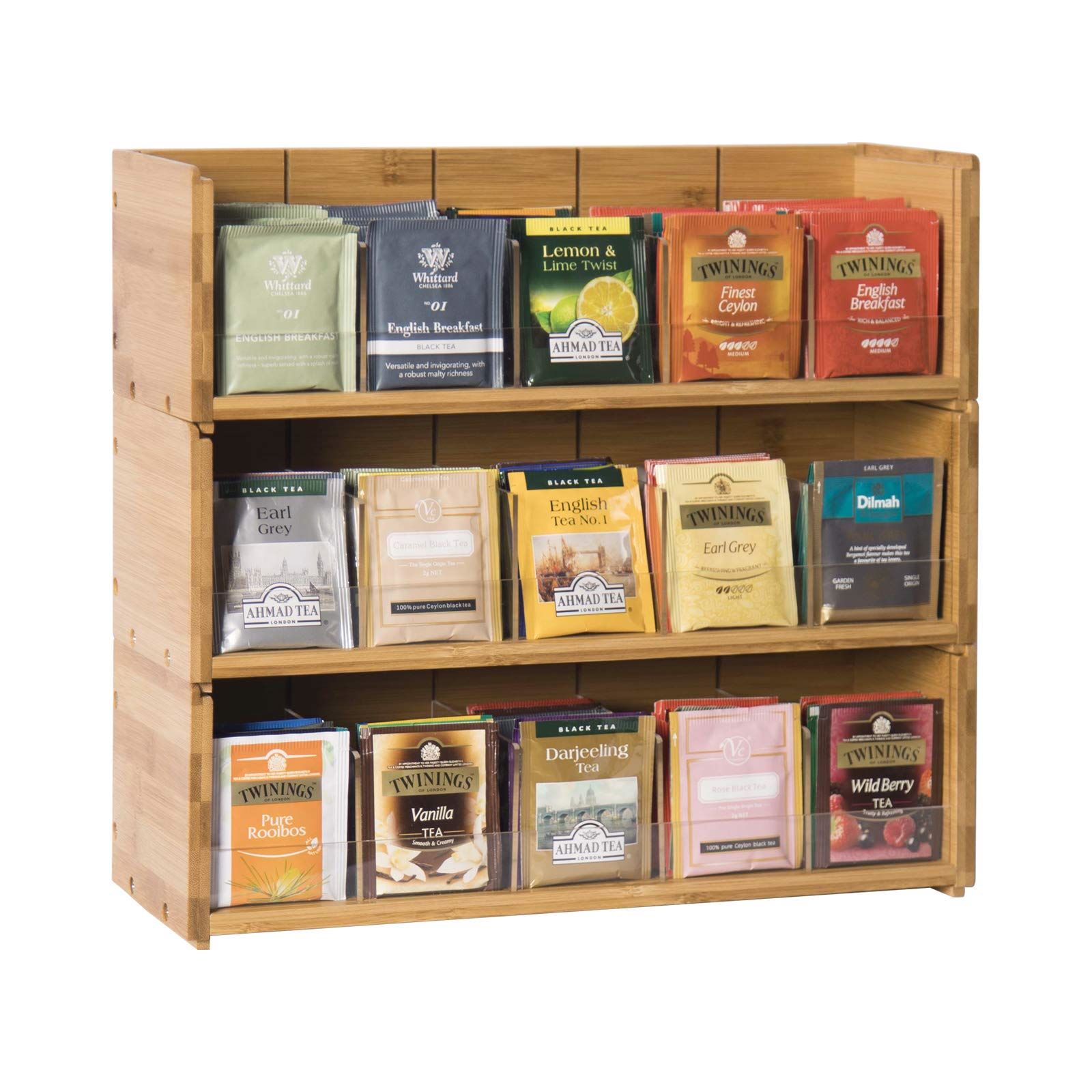
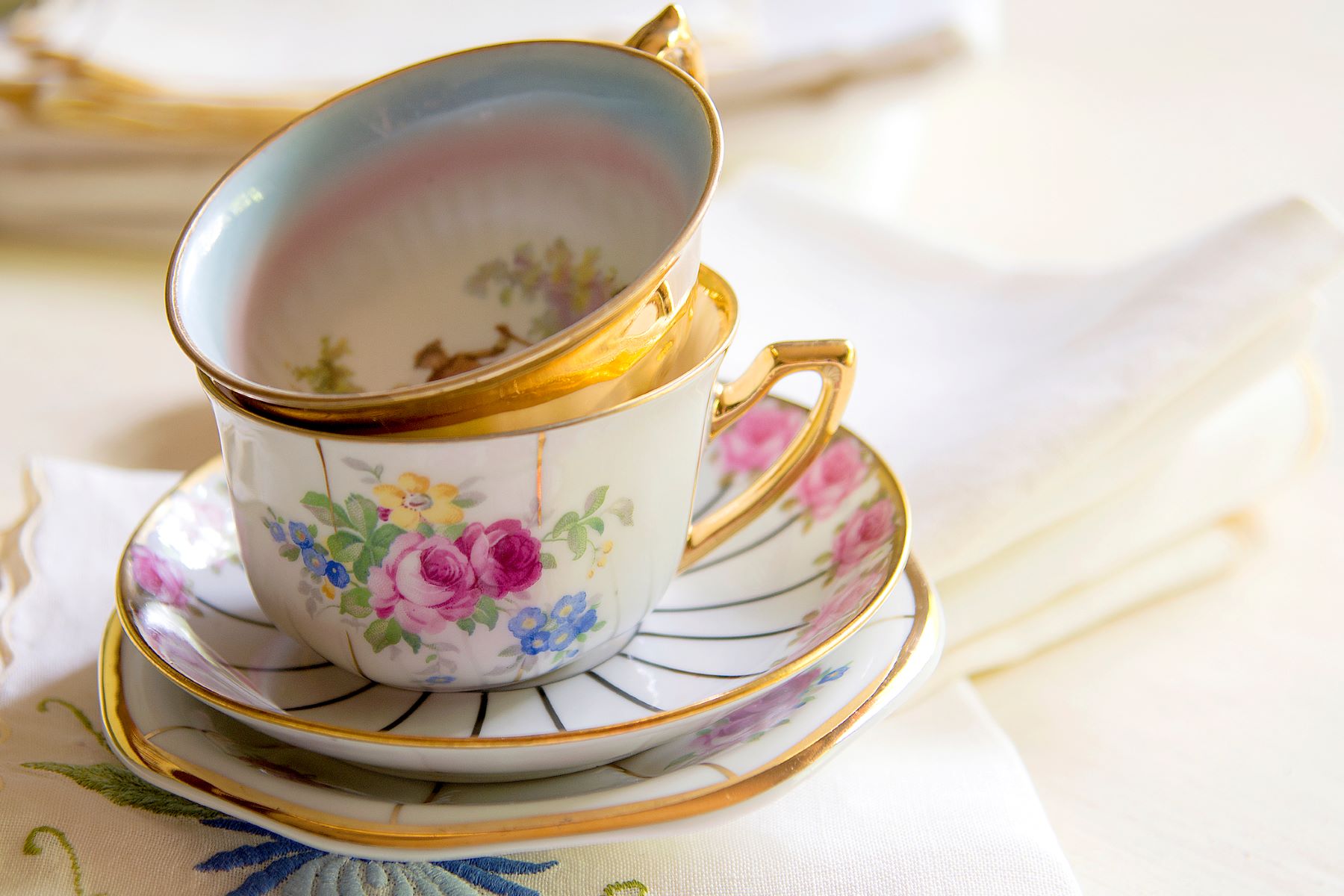
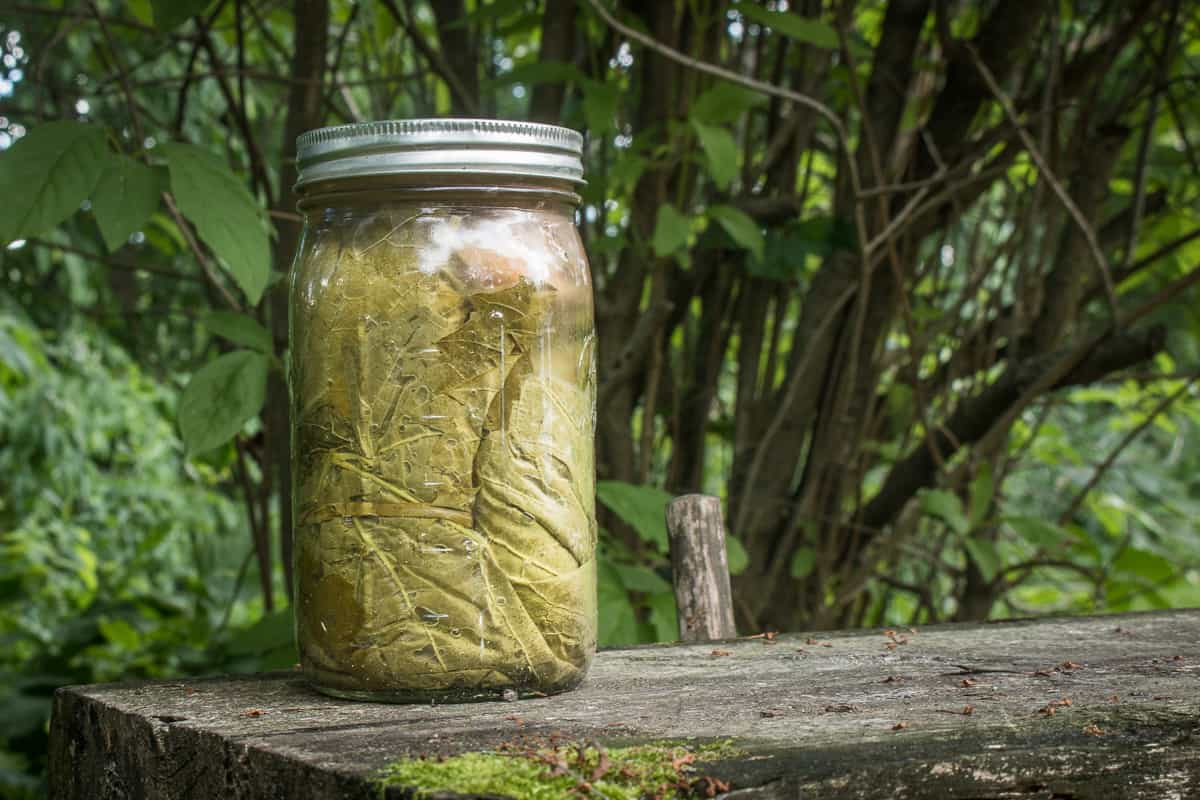
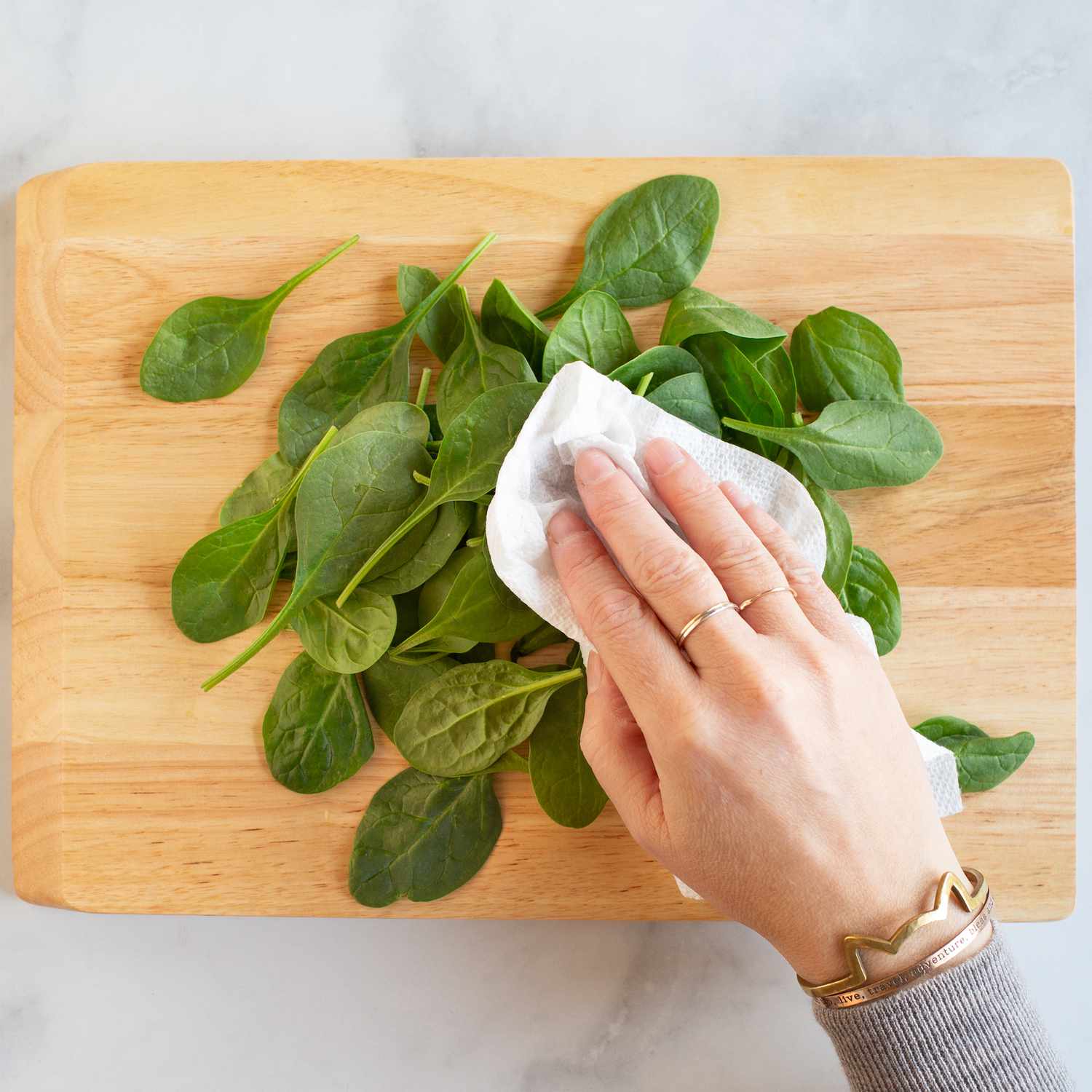
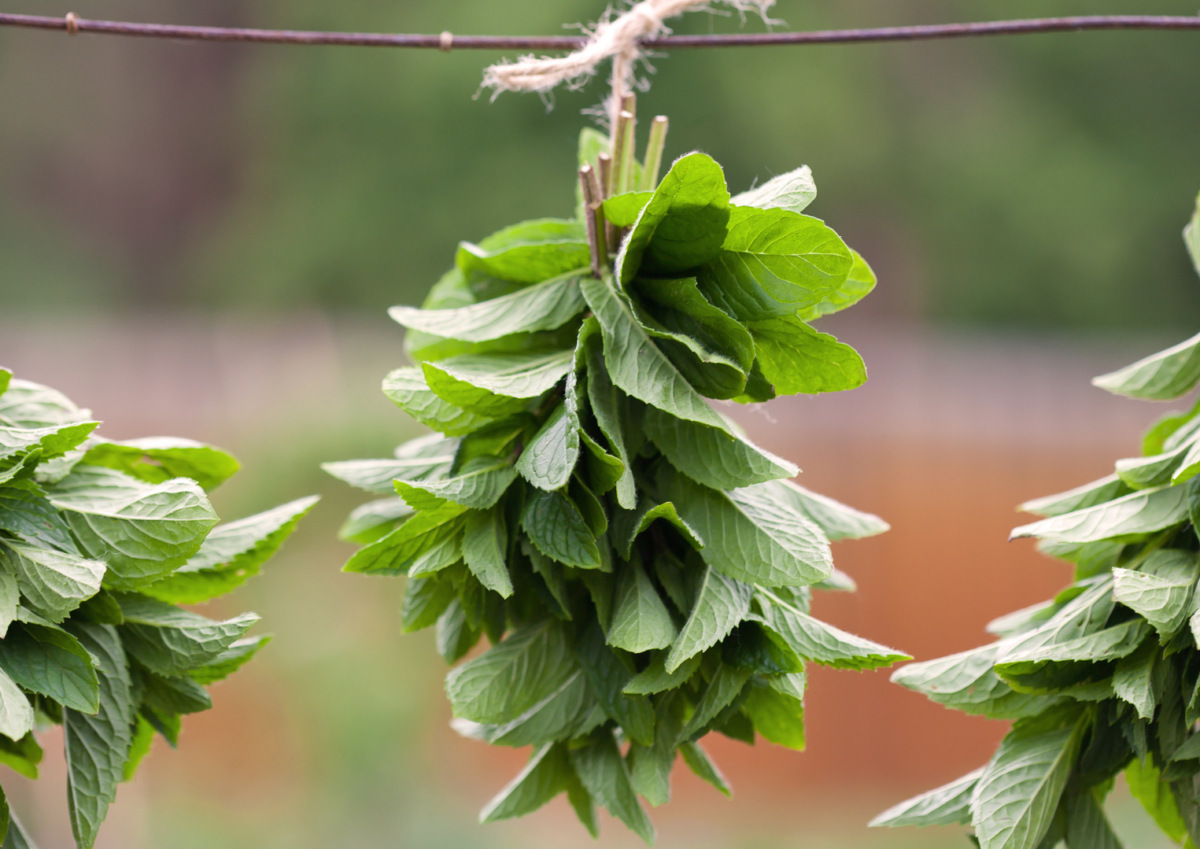

0 thoughts on “How To Store Tea Leaves”